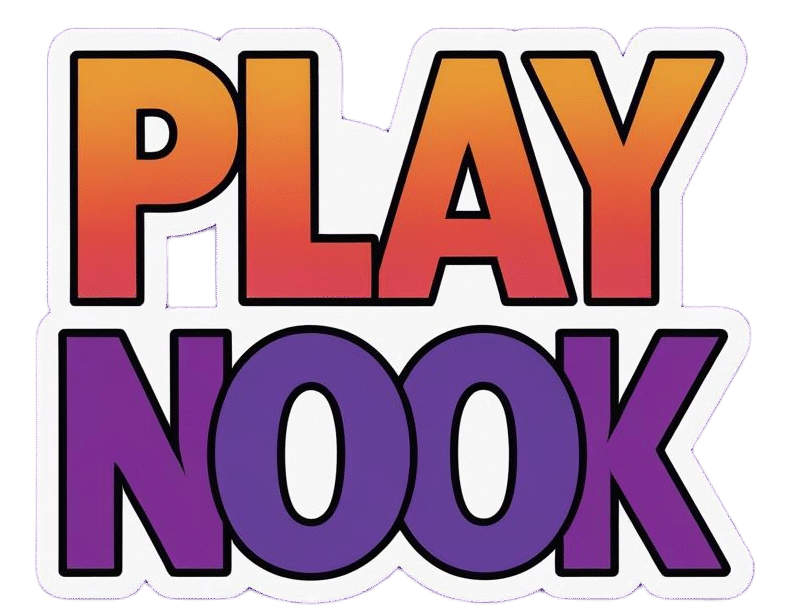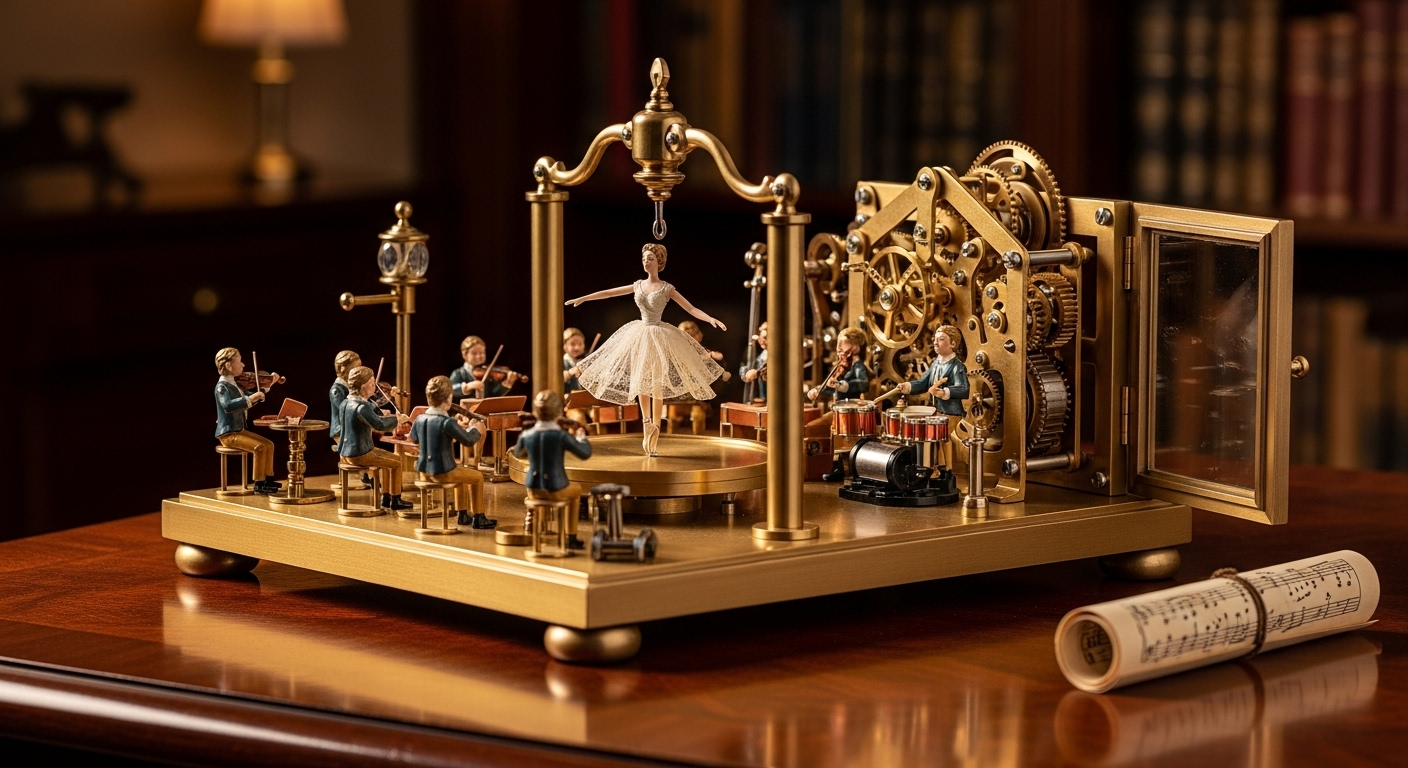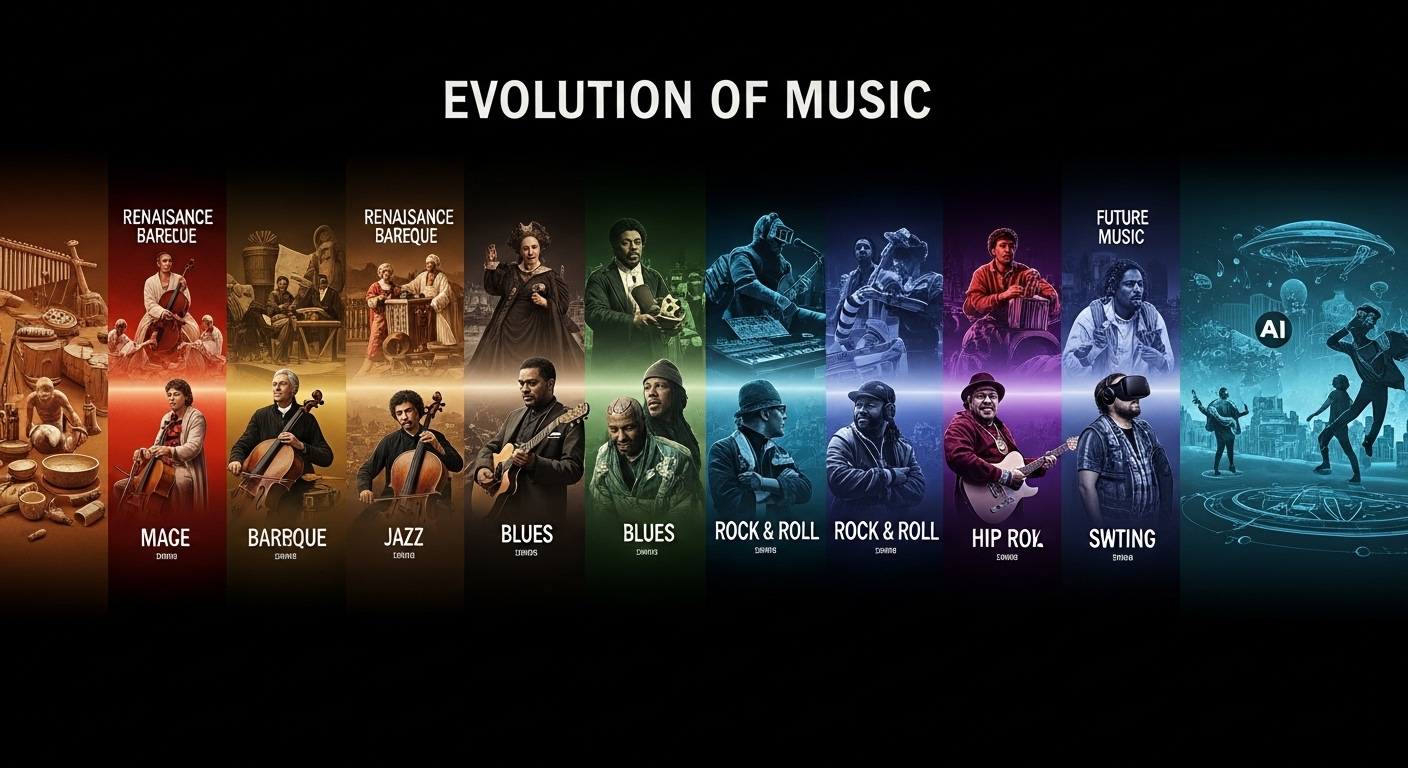Introduction
Music and fashion have always been deeply intertwined, two cultural forces that often evolve together and shape generations. From rock ‘n’ roll leather jackets to hip-hop streetwear, from the glamour of disco sequins to the minimalist aesthetics of indie rock, musicians have not only influenced the way people listen but also the way they dress. Fashion reflects identity, and music amplifies it. Together, they form a cultural dialogue that continues to transform how people express themselves.
The relationship between music and fashion goes beyond trends. It is about storytelling, identity, rebellion, and belonging. Every musical movement has carried with it a visual language, a way of dressing that tells the world who you are and what you stand for. In this blog, we will explore how music influences fashion across different genres, decades, and cultures, while also looking at its modern-day implications.
The Historical Bond Between Music and Fashion
From the earliest days of modern popular culture, music and fashion have shared an inseparable connection. Jazz in the 1920s, for instance, was not only about innovative rhythms but also about flapper dresses, feathered headbands, and a sense of liberation in style. Each genre of music has brought with it a wave of visual influence that shaped fashion trends of its time.
Fashion designers also looked to music for inspiration. The synergy between musicians and fashion houses created new possibilities, where artists became style icons and fashion elevated the cultural impact of music. This historical bond set the foundation for music to become a driving force in fashion innovation.
Rock and Roll: The Rebellion in Style
The rise of rock and roll in the 1950s marked a turning point. Musicians like Elvis Presley embodied a rebellious spirit not only through sound but also through style. His slicked-back hair, leather jackets, and flashy suits inspired millions of young fans to adopt similar looks.
In the 1960s and 70s, bands like The Rolling Stones and Led Zeppelin carried forward the rebellious fashion statement with bold patterns, tight trousers, flamboyant scarves, and unbuttoned shirts. The rock look was about defying traditional norms and celebrating individuality. Punk rock took it further in the late 1970s with torn clothing, safety pins, leather jackets, and spiked hair, creating a fashion revolution that symbolized defiance against the establishment.
Rock culture proved that music could dictate not just what people listened to, but also what they wore, how they walked, and even how they lived.
The Disco Era: Glamour and Extravagance
The 1970s disco scene was a cultural explosion of lights, sound, and glamour. Fashion during this era reflected the music—extravagant, flashy, and designed to stand out on the dance floor. Sequins, glitter, wide-legged pants, platform shoes, and bold prints dominated wardrobes.
Disco clubs like Studio 54 became fashion runways in their own right, where musicians and fans alike pushed boundaries of style. The music’s upbeat, energetic rhythm encouraged equally bold expressions in clothing. This era showed that fashion was not just about clothing but about embodying the spirit of music through visual style.
Hip-Hop and the Rise of Streetwear
Few genres have had as profound an influence on fashion as hip-hop. Emerging in the Bronx during the late 1970s and early 1980s, hip-hop culture was rooted in street identity, self-expression, and resilience. Fashion became an essential part of the movement, with baggy jeans, oversized shirts, sneakers, gold chains, and branded athletic wear becoming symbols of status and individuality.
Artists like Run-DMC popularized Adidas tracksuits and sneakers without laces, transforming them into cultural icons. Later, Tupac Shakur, The Notorious B.I.G., and Jay-Z expanded hip-hop’s fashion influence with styles that ranged from street toughness to luxury sophistication.
Today, hip-hop is one of the biggest drivers of global fashion, with collaborations between artists and high-end brands blurring the lines between streetwear and luxury fashion. The global sneaker culture, for example, owes much to hip-hop’s early embrace of athletic brands as a core part of identity.
Pop Music and Mainstream Fashion Trends
Pop music has always been about accessibility and broad appeal, and its fashion influence reflects this. Madonna in the 1980s defined an era of bold, daring fashion, from lace gloves and layered jewelry to corsets and neon colors. Michael Jackson’s iconic red leather jacket from Thriller became one of the most recognized fashion items in music history.
In the 2000s, pop stars like Britney Spears, Beyoncé, and Lady Gaga took fashion experimentation to another level. Gaga in particular blurred the line between clothing and performance art, influencing designers and fans alike with her bold and unconventional outfits.
Pop music creates trends that reach the mainstream faster than almost any other genre, proving how music can transform everyday fashion into statements of individuality.
Grunge and Alternative Rock Fashion
The 1990s brought a countercultural shift with grunge music. Bands like Nirvana and Pearl Jam rejected the polished aesthetics of mainstream pop and glam rock, instead embracing a more laid-back and anti-fashion approach.
Flannel shirts, ripped jeans, oversized sweaters, and combat boots became the uniform of grunge fans. The movement was less about looking glamorous and more about rejecting consumerism, embracing authenticity, and wearing clothing that symbolized comfort and rebellion against mainstream standards.
Alternative rock further extended this influence, inspiring minimalist fashion that continues to influence designers today.
Electronic Music and Futuristic Style
Electronic music, particularly techno, house, and EDM, created a distinct fashion culture built around nightlife, festivals, and the futuristic vibe of the sound. Neon colors, metallic fabrics, bold accessories, and experimental designs dominated rave culture.
Electronic music encouraged self-expression through clothing, with fans often choosing outfits that were vibrant, reflective, and out-of-the-ordinary. Festivals like Tomorrowland and Coachella became not just music events but also fashion showcases, where attendees blended comfort with creativity, reflecting the energy of electronic beats.
Jazz, Blues, and Classic Elegance
Jazz and blues, particularly in the early and mid-20th century, influenced fashion in more refined ways. Jazz musicians of the Harlem Renaissance era wore sharp suits, fedoras, and polished shoes, defining elegance and sophistication.
This style carried into blues culture, where musicians often dressed in tailored outfits, showing respect for their art form while also embodying dignity and resilience. These genres contributed to the foundation of timeless formalwear trends that still inspire modern fashion designers.
Country Music and Western Wear
Country music has consistently influenced fashion with its signature style rooted in tradition and regional identity. Cowboy boots, denim jeans, plaid shirts, wide-brimmed hats, and leather belts remain staples of country fashion.
Artists like Johnny Cash made black ensembles iconic, while contemporary stars such as Dolly Parton and Shania Twain infused glamor into country fashion. The cowboy aesthetic continues to inspire both casual wear and high fashion, showing how regional music can shape global style trends.
The Symbiotic Relationship Between Musicians and Fashion Designers
Fashion designers have long recognized the power of music to elevate their work. Collaborations between musicians and designers have become essential in the modern fashion industry. Artists like Rihanna, Kanye West, and Pharrell Williams not only influence fashion but actively create it, launching successful brands and collections.
High-fashion houses frequently collaborate with musicians to appeal to younger audiences and capture cultural relevance. The stage has become a runway, with concert performances doubling as fashion showcases. This symbiotic relationship ensures that music and fashion will continue to evolve together.
The Role of Music Videos in Fashion Influence
Music videos have amplified the connection between music and fashion. From MTV in the 1980s to YouTube in the modern era, music videos provide a visual platform for musicians to showcase their style.
Michael Jackson’s Thriller set a standard for how music videos could shape fashion trends, while Beyoncé’s visual albums pushed boundaries by combining music, art, and fashion. In today’s world, music videos often launch fashion trends overnight, proving that visuals are as powerful as sound in shaping culture.
Festivals as Fashion Hotspots
Music festivals have become global fashion events in their own right. Events like Coachella, Glastonbury, and Burning Man are not only about music but also about showcasing creativity in clothing. Festival fashion blends bohemian styles, streetwear, and futuristic elements, creating a unique cultural space where fashion experiments thrive.
These gatherings illustrate how music creates environments that encourage bold expressions of identity, with fashion as the most visible form of that expression.
The Modern Digital Era: Social Media and Music-Fashion Influence
The rise of social media has amplified the relationship between music and fashion. Platforms like Instagram, TikTok, and Twitter allow musicians to share their style instantly with millions of fans. Trends spread faster than ever, and fans replicate their favorite artists’ looks within days.
K-pop, for example, has become a global force in both music and fashion, with groups like BTS and Blackpink setting international style trends. Their coordinated outfits and bold experimentation inspire not only fans but also designers across the globe.
Social media ensures that music’s influence on fashion is immediate, interactive, and constantly evolving.
Music as Identity and Fashion as Expression
At its core, the relationship between music and fashion is about identity. Fans use clothing to align themselves with the music they love. Wearing a band’s T-shirt, adopting a subculture’s signature style, or experimenting with bold looks inspired by an artist becomes a way of saying, “This is who I am.”
Fashion is the visible language of music. It allows individuals to externalize the emotions, beliefs, and energy they connect with in their favorite songs. This fusion of sound and style ensures that music will always shape fashion.
Conclusion
From jazz to rock, disco to hip-hop, pop to electronic music, every genre has left its mark on fashion. Music creates not just soundscapes but visual identities that inspire fans and influence designers. The evolution of music and fashion together shows how deeply connected cultural expressions are—one drives the other, and together they shape how we live, dream, and express ourselves.
The future will continue this cycle. With digital platforms, globalized music, and ever-evolving fashion trends, the influence of music on fashion will only grow stronger. Whether it’s through a festival outfit, a viral music video, or a fashion collaboration, music will keep shaping the way the world dresses—proving that style, like sound, is a universal language.


